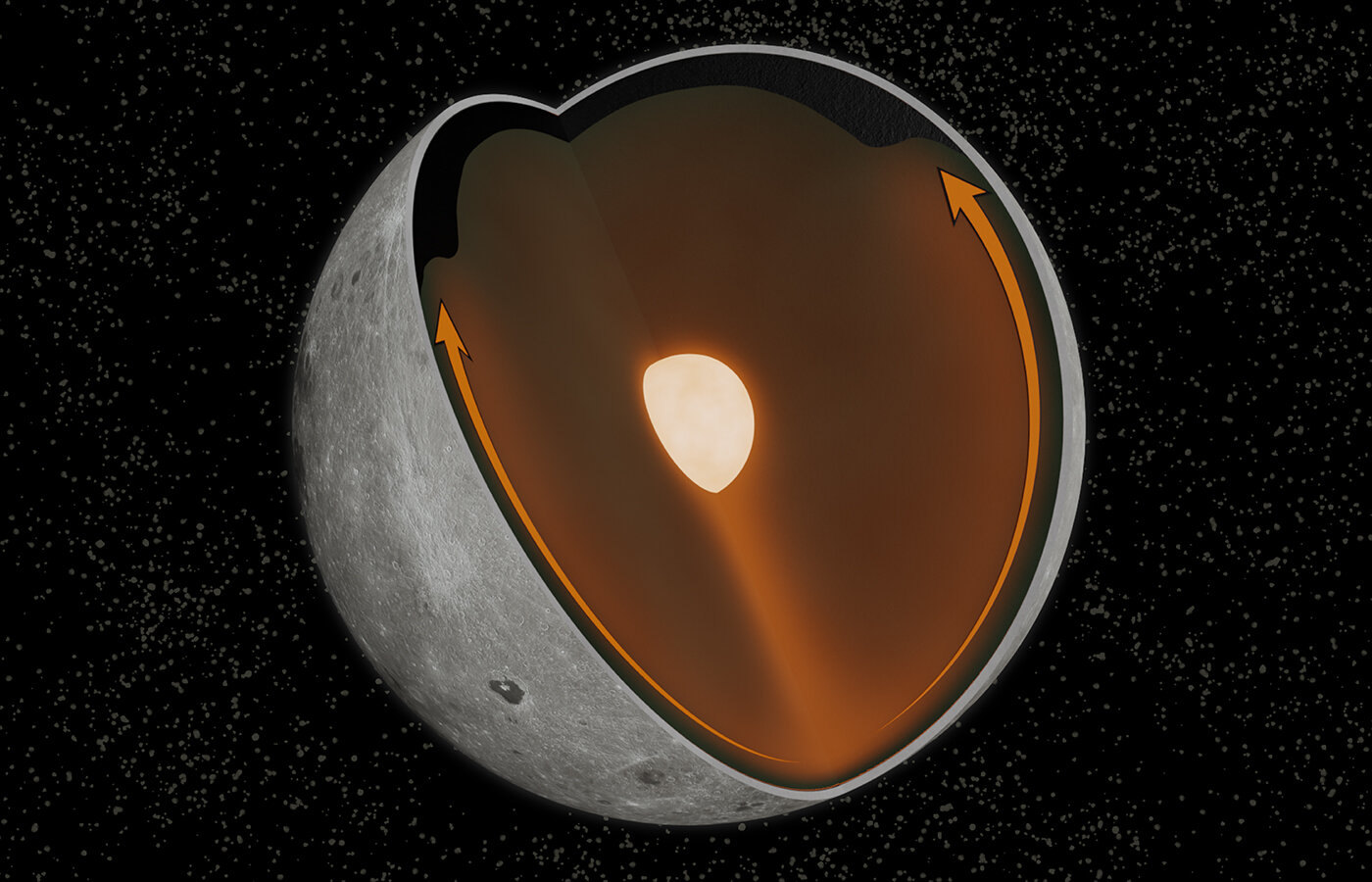As far as I'm concerned the idea that there existed a 'hydroshell' under the earth's then crust (Mr. Brown's 'hydroplate') 'has legs'.
What I couldn't get around was the idea that the Flood hefted significant quantities of rock into outer space.
Of course liquid water compressed by a 10-40 mile thick 'blanket' of rock is under a lot of pressure, but a simple rupture, while certainly it's going to be catastrophic, I couldn't figure out how it would be able to launch anything, let alone huge pieces of crust literally into orbit. I could see it launching plenty of material straight up, but eventually it would all fall down, just as any projectile launched straight upward would eventually come back down, even when fired from a rifle or even an artillery gun, those things generate the kinds of pressures that the liquid water underneath the hydroplate would have.
But if the hydroplate ground into the mantle below it, as the high pressure water escaped to the surface, through a rupture, I can see it generating the heat needed to not only melt the bottom of the hydroplate, and the top of the mantle, but also to send the remaining water down there into supercritical conditions----it already has the pressure, it just needs a bunch of heat. I can see the hydroplate grinding into the mantle causing that much frictional heat.
And if I'm understanding the water phase diagram correctly, and if I'm understanding supercritical water correctly, then that pressurized liquid water would actually reduce in density, which means, it increases in specific volume, it means all the water molecules force themselves into a size roughly between their size when liquid, and their size when gaseous, and in order for that to happen, it's going to 'take' that space that it now needs by bulging up the hydroplate.
I understand that when granite is subjected to pressures like experienced at the bottom of a ten mile vertical column of the stuff, it actually becomes viscous, it becomes at least semi-liquid iow. So while the bottom of the hydroplate is bulging upward from the now supercritical water forcing its way upward beneath it, the top of the hydroplate (the old earth's surface) would crack and break to pieces. As this crumbling proceeded downward, it would create fresh weakness in the bottom of the hydroplate, and somewhere that putty-like granite would itself fracture, suddenly allowing all that supercritical water to release through a new fissure.
I can see this process continuing unabated until all the subterranean water is out. In the meantime I can see that basically the whole hydroplate is utterly ruined, but this thing about rock launching up off the ground and into orbit, I still feel like there's missing energy in order to make this happen.
One thing I thought to resolve this problem is that perhaps the chunks of rock launched upward were the size of small countries, rather than by comparison minuscule boulders.
I thought, what if the earth was once covered completely in what we now call continental crust? What if all the earth's crust was launched upward into orbit, except for what geologists call "pangea"? All that would be needed then would be a rupture in the middle of that 'super continent' somewhere, for the remaining granite crust to literally slide away from the rupture (which would be bulging upward due to the supercritical water beneath it), and if this occurred, then the remnants of it would be the Mid-Atlantic Ridge.
But I still feel like there's missing energy. And so I still feel like this all could have been begun by an impact event, or maybe even multiple ones in succession. My thought on why this would be needful is because with the bottom of the hydroplate being a putty-like consistency, I don't see how anything like a 'microscopic crack' could even occur, let alone propagate, since the 'putty' would constantly 'heal' its 'wounds'. Which is why my mind's gravitating (pun intended

) to a deep impact event or more, which actually penetrates the hydroplate, beginning the chain reaction that resulted in the Flood.
fwiw.
And I know I know
@Right Divider ----I should really read the book . . . I'm getting there.


